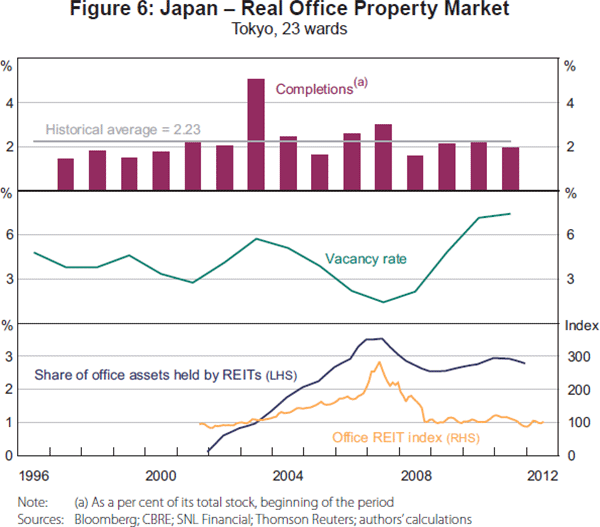REITs Book Value and Net Asset Value Revealed
Post on: 16 Март, 2015 No Comment

Posted by Mark on August 10, 2014
What’s not to love about Real Estate Investment Trusts (REITs)? You probably know I’ve written about REITs before .
REITs are best understood as a professionally managed trust that buys and holds real estate properties. They offer investors (like you and me) a way to participate in real estate, including the potential rise in property values, without the headaches of being a landlord. REITs are an attractive asset class to me because these companies provide regular distributions, often monthly distributions. For investors that want to hold real estate as part of their portfolio but don’t want to deal with phone calls from cranky tenants, REITs can be an excellent alternative. I hold a few of them actually. Today’s REITs offer some juicy yields for good value within Canadian’s favourite financial topic: real estate.
With all the positives that can come with owning REITs, there are some downsides and things to be cautious of as well. For one, interest rate exposure immediately comes to mind for me as a long-term investor – as rates come down or go higher you would expect to get more cash flow yield or less cash flow yield out of Canadian REITs respectively. You already know where rates are today; they will likely go up, when I don’t know..
Another downside to owning REITs is the accounting headaches that come with the REIT structure. REITs are not generally required to pay Canadian income tax if they distribute all of their net income for tax purposes on an annual basis, so that tax is passed on to you and me, the investor. For this reason, I suggest owning REITs in registered accounts such as RRSPs, RRIFs, RESPs, and TFSAs.
The analysis of REITs can also be some tricky stuff, particularly when it comes with understanding the differences between Book Value and Net Asset Value. Today’s post will get into the technical world of this without making your head spin.
In order to examine the differences between the two metrics, we first need to understand what each term actually means.
Book Value involves the historical cost of assets held on the balance sheet and is primarily an accounting metric, which includes provisions such as depreciation. As history has shown many of us who live in Canada, depreciating values for housing are not necessarily the most accurate representation for real estate. This is where the Net Asset Value (NAV) calculation comes in handy. NAV considers the market value of assets held by a REIT. NAV can be a great way to gauge how realistic a REIT price is since this helps to act as an anchor that keeps valuations in the realm of reality. Going a step further, a REIT can be justifiably priced at a premium or discount after the NAVPS is calculated.
Calculating the book value is fairly simple. We look at the equity value in the balance sheet to find this number.
Calculating NAVPS is a bit more complicated, we need to know this stuff:
- Net operating income (NOI) – This is the properties rental income after expenses and vacancies are accounted for.
- Capitalization rate – This is similar to the cost of equity or a required return the investor wants.
- Liquid assets – Essentially cash, cash equivalents and receivables.
- Liabilities – Includes value of debt.
- Shares outstanding – Found in the financials.
Step 1 Dividing the Net Operating Income (NOI) by the capitalization rate provides us with an estimated value of the real estate.
Step 2 After this, we add the liquid assets (cash and receivables) and subtract the liabilities to find the NAV and divide this number by the shares outstanding in order to find the NAVPS. It looks like this:
NAVPS =
[(NOI/Cap-rate) + Cash and receivables – Liabilities]
______________________________
Shares Outstanding
Investors can take the NAVPS number and compare it to the REIT price and decide how far off the valuation is and whether the price is justified.
The differences between a Book Value per share calculation and a Net Asset Value per share calculation are fairly small but the difference in valuation can be quite large when comparing these metrics amongst the REIT prices in question.
For the average investor, my take is, you probably don’t need to worry about these details. In fact, just buy a REIT ETF for your RRSP and TFSA and watch it provide steady income for the years to come. You’re done.
For the advanced investor, one that enjoys doing some financial analysis and some metrics for REIT comparison purposes you may want to perform some of this research. With this post, now you can.
I want to thank my friend Ryan, Managing Partner at 5i Research. a company that is a fan of My Own Advisor, who offers conflict-free investment research.
How do you invest in REITs? Do you own some REITs directly like I do, including a REIT ETF?














